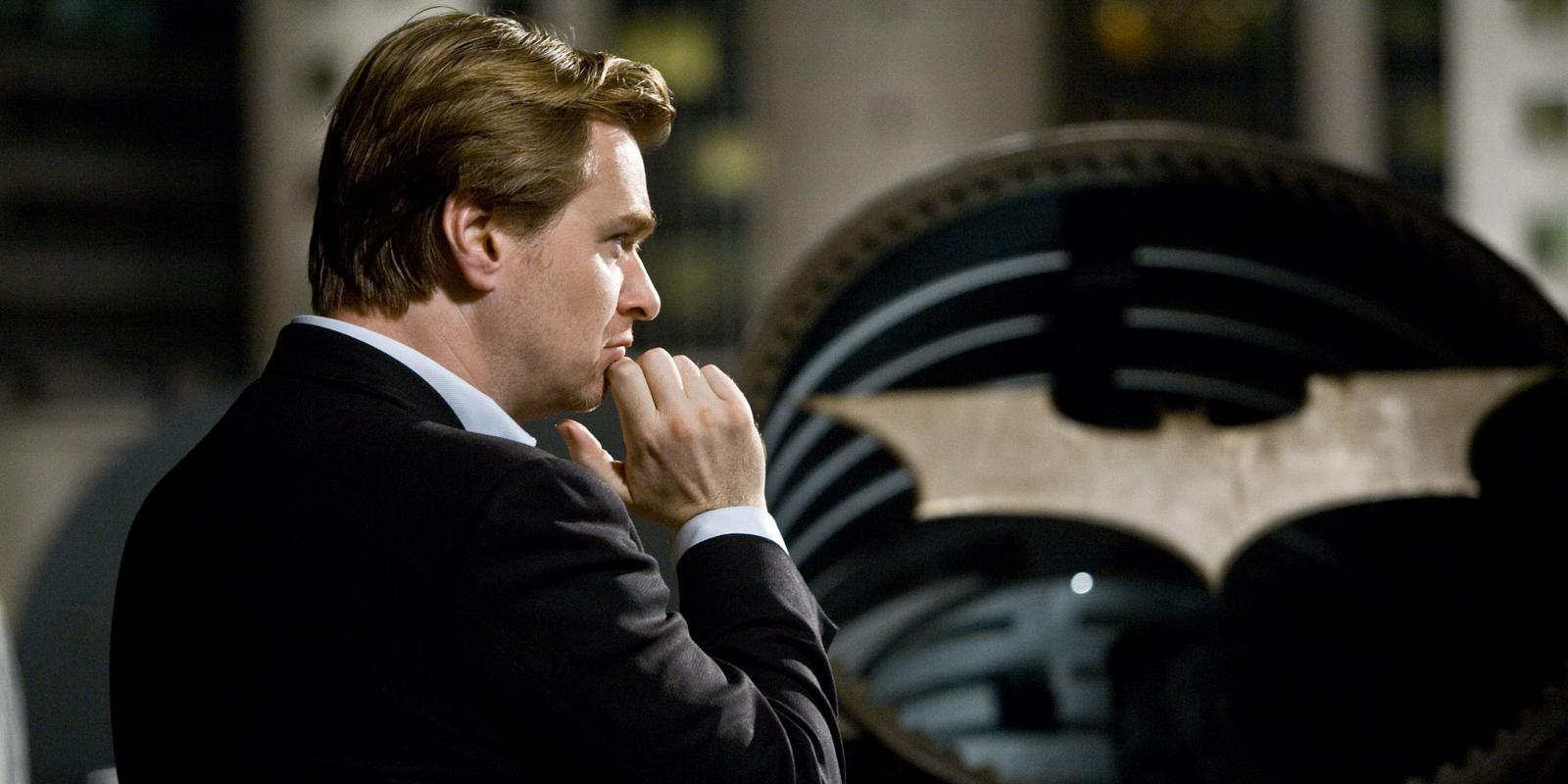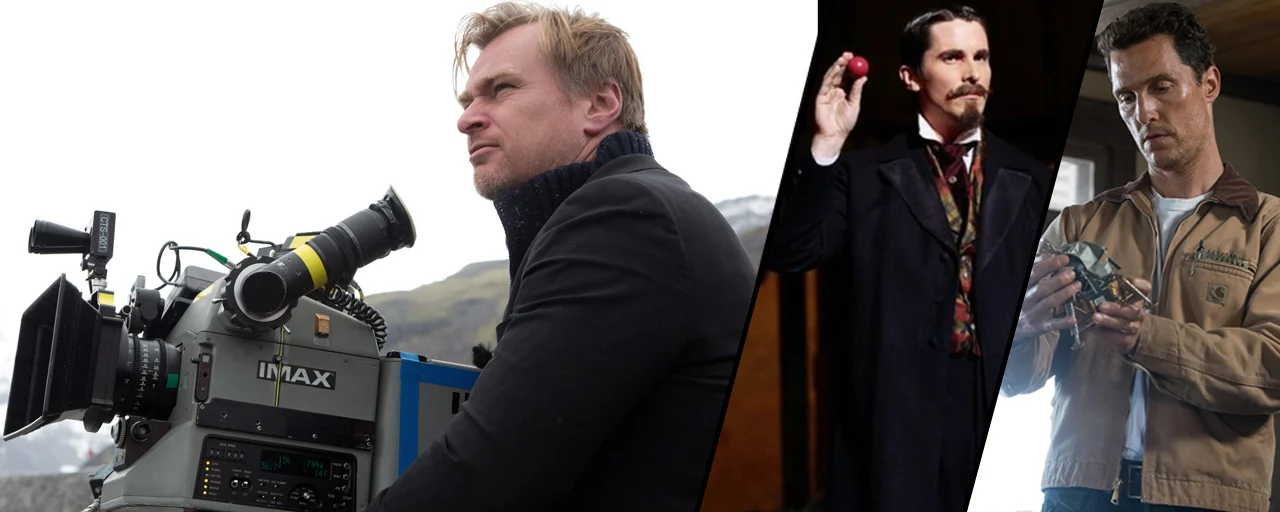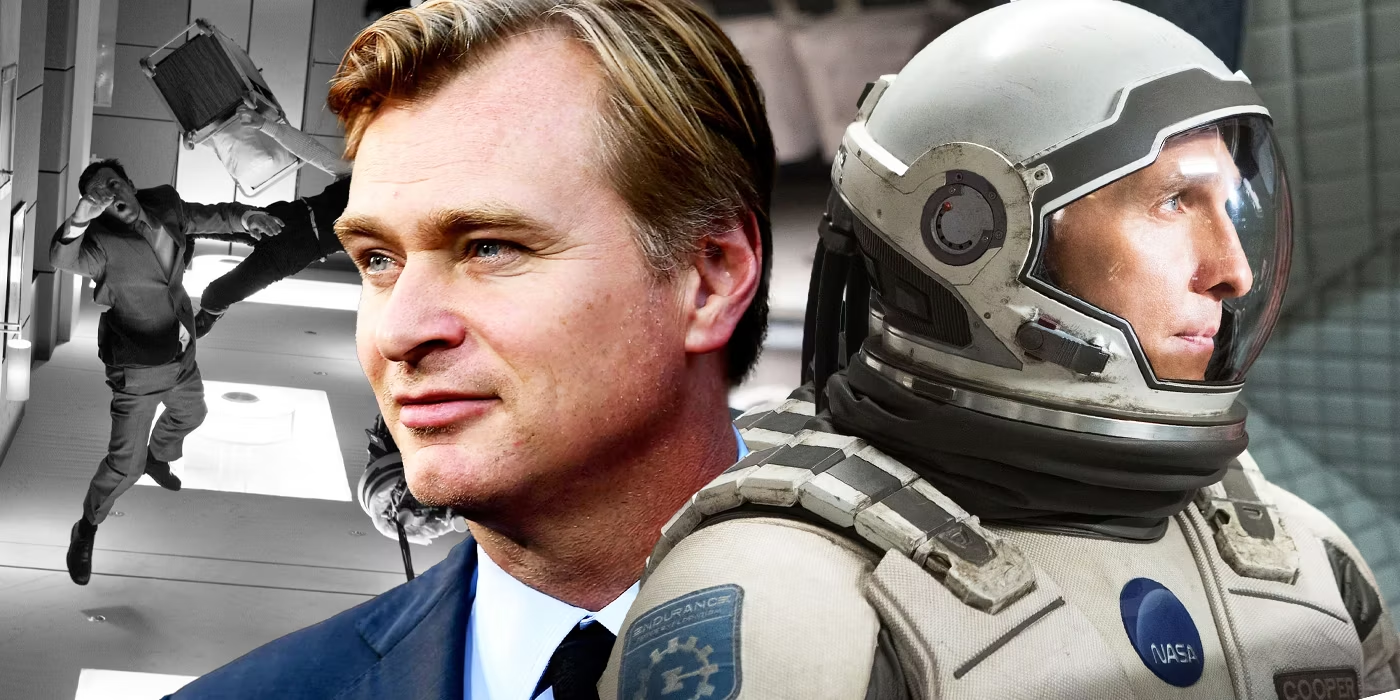Christopher Nolan, a filmmaker synonymous with grand cinematic experiences, has consistently utilized the power of IMAX technology to enhance the visual storytelling of his movies. Renowned for his work on the “Interstellar” and “The Dark Knight” trilogy, and more recently, the Oscar-winning “Oppenheimer,” Nolan has a penchant for crafting visually stunning narratives that captivate audiences worldwide. Unlike many of his contemporaries, Nolan prefers practical effects over CGI, bringing authenticity and tangible depth to his cinematic creations.

A Glimpse Into Nolan’s Filmmaking Philosophy
In an insightful discussion with Time Magazine, Nolan revealed his deliberate choice of large-scale projects.
“[That] was the way it was intended to be seen, on the largest IMAX and large format screens.”
This statement not only highlights his commitment to delivering an immersive experience but also underscores the exclusivity of the resources at his disposal.
Despite his focus on blockbuster scales, Nolan does not shy away from expressing his admiration for smaller, more intimate projects. He praised films like “Aftersun” and “Past Lives” for their subtleness and beautifully crafted narratives. Yet, he acknowledges his unique position in the film industry, stating, “I’m drawn to working at a large scale because I know how fragile the opportunity to marshal those resources is.”
“I know that there are so many filmmakers out there in the world who would give their eye teeth to have the resources I put together, and I feel I have the responsibility to use them in the most productive and interesting way.”

This reflection shows his awareness of the privilege he holds and his commitment to using it to its fullest potential.
The Impact of ‘Oppenheimer’ and What Lies Ahead
“Oppenheimer” stands as a testament to Nolan’s skill in melding complex narratives with spectacular visuals, contributing to its success at the 95th Academy Awards where it clinched seven Oscars, including Best Picture and Best Director. The film not only explores the profound story of the man behind nuclear weapons but also reignites discussions on their impact, proving Nolan’s ability to engage with significant historical and ethical questions through cinema.

Looking forward, the buzz around Nolan’s next move is palpable. He remains open to various cinematic endeavors, ensuring that whatever project he chooses, it must resonate deeply with him on a creative level. According to a recent Variety report, Nolan is contemplating between a remake of the mystery thriller “The Prisoner” and a new screenplay potentially in collaboration with Warner Bros. and Universal Studios. This indecision points to his meticulous nature and desire to embark on projects that promise to challenge and expand his filmmaking horizon.

As Nolan continues to chart his path in Hollywood, his influence on both the technique and narrative depth of cinema remains undeniable. With each project, he not only pushes the boundaries of what films can achieve visually but also how they engage with and reflect deeper truths about our world.

